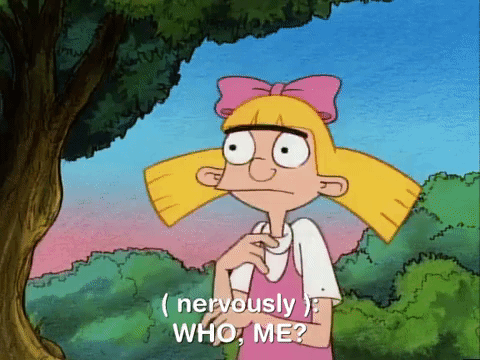How I use stand-up comedy to talk about climate adaptation
The story behind my decision to learn how to do stand-up comedy
It starts with rejection. At the beginning of February, I applied for a Roxane Gay fellowship. She offered to sponsor and mentor a few emerging writers. I submitted my newsletter proposal: Laugh, cry and then fight to share stories about climate adaptation.
The newsletter would combine two worlds. Old ways of living and new ways of adapting. Sparkles of hope in times of darkness. The Global North and the Global South. (If you are curious, you can find it here).
I knew it was a long shot. It felt like signing up for Masterchef when I barely knew how to cook. I did it anyway.
Guess what? I didn’t get it. Although I didn’t expect to be selected, it still hurts. That’s ok.
It pushed me out of my comfort zone and made me realise that a newsletter might not be the right medium. Who wants to read about disasters? No matter how hard I try, my readers might feel anxious, sad or guilty in the face of the damage and loss that the climate crisis is causing and will cause.
How can I communicate effectively about climate adaptation without scaring my audience? I shared this challenge in my d.MBA circle. It's a small accountability group for people on a similar path. Cezara Kiss suggested the sustainable stand-up course: Why don’t you learn how to use humour when discussing such a bleak topic?
Hey Arnold Nicksplat GIF
In the beginning, it felt daunting. I don’t consider myself a funny person. Let alone being funny in a language that is not mine.
Why would I put myself in a position that could be embarrassing? I closed my eyes and pressed the sign-up button. Now a few months later, I consider it one of the best decisions I made this year. Not because of the result but the learning journey.
Learning how to write jokes: don’t try to be funny; be you
Our teacher Belina Raffy masterfully created a safe environment to explore our humorous side. During the six weeks course, she guided us in writing our first set and performing it during a live online show.
After the first lesson, we already needed to write three jokes as homework. But where do you start if you never did something like that? I was surprised to witness what would come up if I simply sat down to write jokes. When you withstand the discomfort, you start to:
Get to know yourself. You realise that the best jokes are about what makes you unique and authentic. You uncover what you deeply care about and what drives you mad.
Change how you perceive the world. You notice the small things. You see the discrepancies in your own behaviour and those of others. You start to question why you have been doing things the way you do them.
Improve your writing. For a joke to land well, you must provide the right amount of context. If the premise is too long or you skip a few details, you lose your audience. In the process of learning how to bring situations to life and captivate your audience, your pen becomes your scalpel.
Six weeks is a short time to learn all this. It’s a start. When I see the video of my performance, I cringe. I spot things I would like to improve, but I’m also incredibly proud to share a side of myself that I have been hiding.
As a kid, I loved to perform and together with my sister and cousins, we created theatre performances and radio shows our families needed to endure.
Me in my favourite glitter dress, performing together with my sister (in a culturally not appropriate costume. I acknowledge and apologise for that)
At 19 years old, I changed my city and language. I couldn’t fully express myself in the new language, and so I stopped performing. It took me 14 years to try again.
What is one thing you enjoyed doing but stopped? Could you pick it up again?
Using humour to talk about hard truths
When it comes to the climate crisis, there are tons of (ignored) scientific reports and pictures of sad polar bears. But numbers and gripping images alone are insufficient to inspire action. Not everyone responds to pure facts or fear-based messaging. Research shows that humour can lower our defence and make it easier to hear and accept hard truths.
A great example is ‘Don’t look up’ a satire directed by Adam McKay and the second most-watched film ever on Netflix.
The story: two scientists discover a comet in collision with planet earth. Whilst they desperately try to warn humanity of the impending destruction, those in power willfully avoid taking action or mislead the public. The film is an allegory for climate change but never mentions the word. It successfully delivers an uncomfortable truth whilst keeping you glued to the screen with satire and humour.
Memes, satire and stand-up comedy can help us reach and engage more people than before. Or, in Belina’s words:
‘Help important ideas to become human, engaging, and deeply funny.’
Because as Adam McKay and Dr. Ayana Elizabeth Johnson have written in this Guardian article:
When it comes to climate change, we are all in the writers’ room right now, deciding how the story unfolds and how it ends. And that story can be funny, dire, hopeful or all of the above.
So without further ado, here is my story:
If you are ready to step out of your comfort zone and go on a journey to uncover your funny side, I can highly recommend the Sustainable Stand-up course: https://www.sustainablestandup.com/


